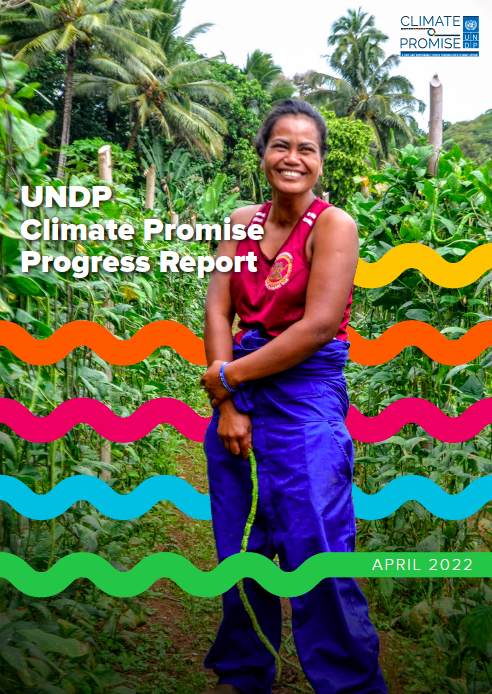LECB Programme Impact and Results: Thailand

The Government of Thailand already had a robust policy framework to address climate change in place when the LECB Thailand project started in 2013, such as The National Committee on Climate Change Policy (NCCC), the Climate Change Master Plan (CCMP) and the 11th National Economic and Social Development Plan (2012—2016).
The Ministry of Energy initiated activities in 2012 to identify domestic Nationally Appropriate Mitigation Action (NAMA) opportunities for the energy sector, the dominant source of the country’s greenhouse gas (GHG) emissions.
The government together with international development partners were designing a national energy efficiency plan that could contribute to future mitigation targets. Meanwhile, after the Copenhagen Accord of December 2009, private sector actors were increasingly interested in engaging on climate change action. Key industry institutions came forward to propose a climate change strategy to the government. Thailand had experience in designing and implementing climate mitigation projects under the clean development mechanism (CDM), particularly in the cement industry. The Thai cement industry, notably, had set voluntary GHG emission reduction targets to keep pace with global targets and standards. Thailand now sought to apply more comprehensive sectoral approaches, such as NAMAs, in the cement and iron and steel sectors, given their high contribution to industrial emissions. The LECB project strove to support and progress Thailand’s initiatives on climate mitigation.


